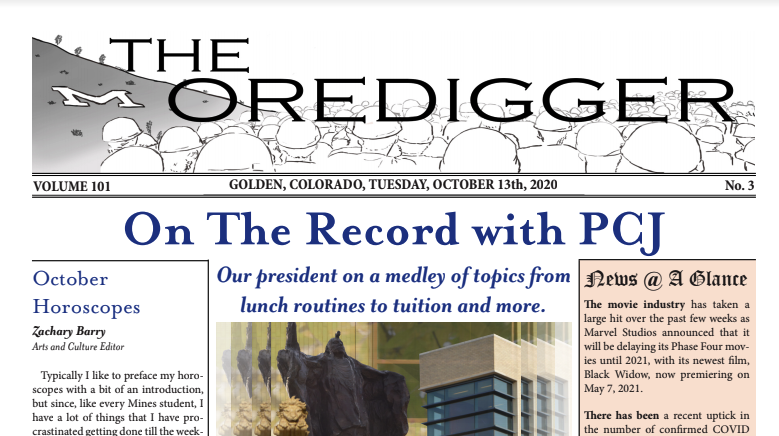From a theoretical perspective, stars are amazing to observe. The sky is chock full of ticking time bombs just the blink of an eye away from going supernova. In reality, the stars are frankly quite boring. Sure there are double stars and a few of them glimmer and flash in a way that can fascinate for a long while. Unfortunately for the night sky, stars are more like the individual dots of point in a pointillist painting rather than beauties themselves. Luckily for amateur astronomers, there are certain dots with a bit more discernible magnificence than the stars, and in astronomy terms, they are in our own backyard.
Planets have always fascinated humanity. Instead of progressing around the sky like stars, planets advance and regress over the course of months. It was this stellar dance that inspired many of the early philosophers and later on, made names like Copernicus, Kepler, and Newton household names. Very few entities beyond the grasp of our atmosphere have gotten so many scientists and philosophers in trouble more than the planets. In terms of their reality, planets are funky little byproducts of stellar fusion and the nuances of gravity, with a bit of cosmic thermodynamics and chemistry sprinkled on for effect.
Where stars are fairly simple in terms of processes and composition, at least up until the very end of their existence, planets are diverse chemical playgrounds. Just as Earth has weather, seasons, and a variable surface, the other planets in the solar system have amazing levels of chaos that make them extraordinarily fun to observe. With a good enough telescope and the right conditions, an astronomer can watch the seasons change on Mars, storms churn on Saturn, and meteorites plummet into the depths of Jupiter’s clouds. Some of the earliest reasoning for life existing elsewhere in the universe came from old school astronomers noticing the surface of Mars change every year, interpreting what was really cyclones churning the surface as massive scale agriculture operations of a dying race.
A humble amateur may think that these observations are made by huge observatories on the highest peaks of the world, but in reality, with a bit of patience, basic equipment can be used to document these changes. The first target of any observation should be Jupiter. The biggest sibling of the solar family is large enough and bright enough to easily find. The only brighter night objects being the Moon and Venus. The most basic of telescopes, and even binoculars will be able to watch as the four main Jovian moons progress around the planet. The inner moons move so fast that over the course of the night, they can complete a whole orbit. Rarely can their shadows be seen on the planet itself. The next step up, is the next planet out from the Sun, Saturn. While Saturn does not have as many observable moons, nor does it usually have weather that can be seen by casual telescopes, it does have rings. Of all of the wonders of the solar system, none of them are quite as grand as the rings of Saturn.
After touring the outer solar system, observations of the inner planets have their own unique charm. With the exception of Venus, the inner planets all have observable surfaces. Mercury is hard to capture due to its proximity to the Sun; though with a bit of patience, it is possible to see the phases of Mercury. Much more drastic is Venus. Just as the Moon shifts from full to new and back to full again, Venus changes how much light is seen from Earth. When it is on the far side of its orbit from us, it is nice and round. Closer to us it can turn into a barely visible sliver. Finally there is Mars. The ruddy complexion of the planet is easily seen, and during the planet’s winter, white polar caps can be seen sandwiching the red. During the spring and summer months the front side turns black as the winds whip up the un-oxidized subsurface.
All of these can easily be seen with a basic telescope or good binoculars, and there is one last stellar body to check out before the depths of space can be probed, the one closest to home, which will be covered next week.



'The Stars Above Mines: Observing the planets' has no comments
Be the first to comment this post!